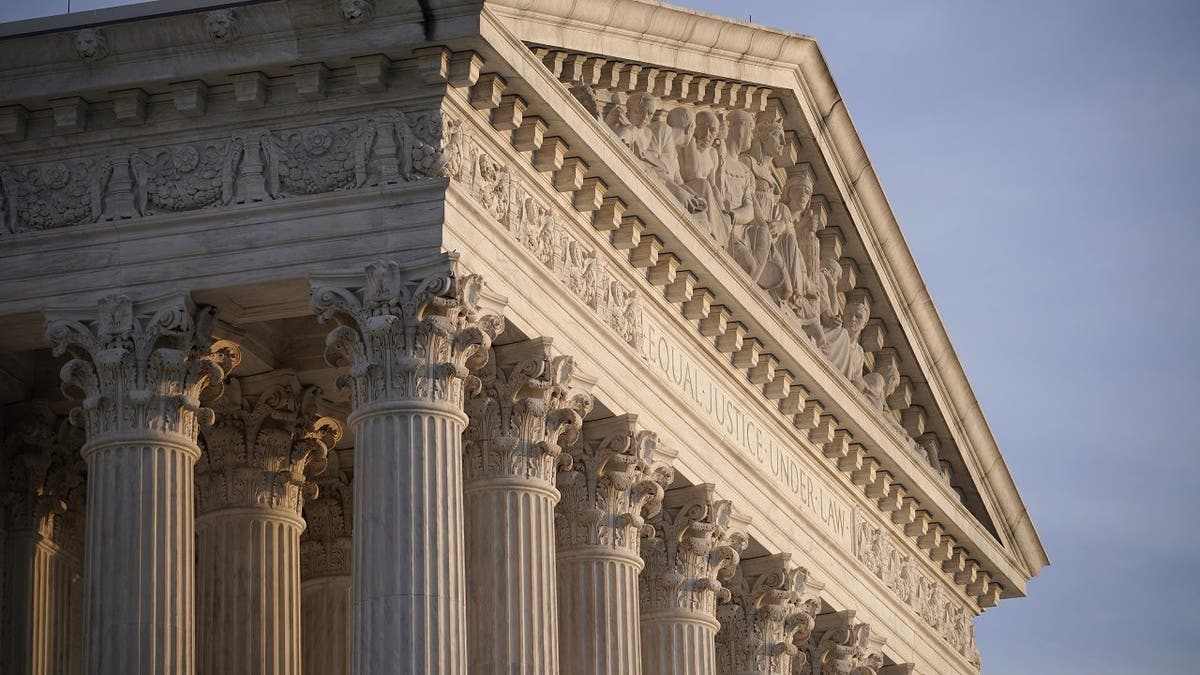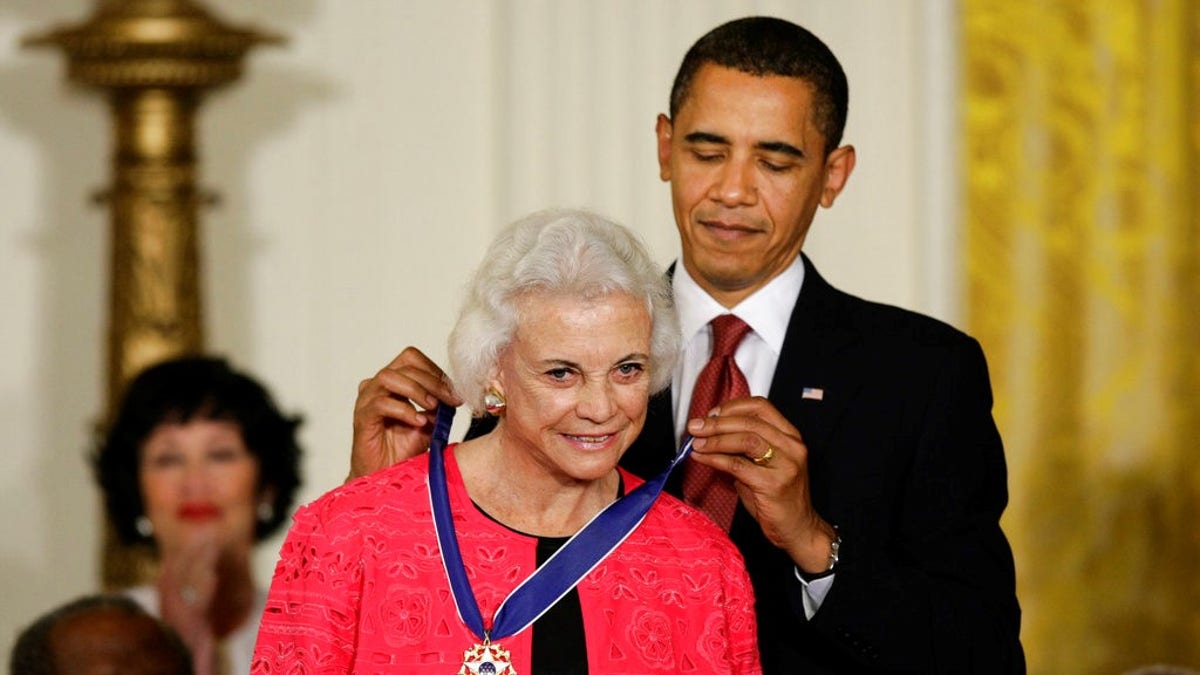Rep. Young Kim says she must 'continue the fight' against Harvard's 'unfair' admissions practices
Rep. Young Kim, R-Calif., says as an Asian American leader, she must 'continue the fight' against Harvard's 'unfair' admissions practices.
On Monday, the Supreme Court will hear oral argument in two cases that raise one of this term’s most contentious issues: May universities use race as a factor in admitting students?
The two institutions involved, Harvard and the University of North Carolina, are respectively private and state universities. The cases arise under Title VI of the Civil Rights Act of 1964, an antidiscrimination provision that applies to private universities that accept federal financial assistance, and the 14th Amendment’s equal protection clause.
The court has dealt with the issue of affirmative action for decades. In the context of student admissions, its precedents have been muddled and damaging. In Regents of the University of California v. Bakke (1978), the justices were too divided for a majority to agree on a coherent standard, so Justice Lewis Powell’s view that a "holistic" admissions policy would be permissible if it advanced "diversity" in the student body prevailed.

Supreme Court of the United States (AP Photo/J. Scott Applewhite, FileY)
Twenty-five years later, in Grutter v. Bollinger, the court’s majority solidified Powell’s view by allowing universities to use race when it advanced "diversity."
IF SUPREME COURT ENDS AFFIRMATIVE ACTION IN HIGHER EDUCATION, HERE'S WHAT THE LEFT COULD TRY NEXT
For anyone concerned about racial justice, the "diversity" regime has been a travesty even for those it is designed to help. Instead of benefiting the underprivileged, race-based admissions largely benefit middle and upper middle class minority students. These students all too often find themselves in an environment that has been described as "neo-segregation" – separate dorms, graduations and sometimes effectively even classes.
And as Justice Clarence Thomas put it in another case involving racial preferences 27 years ago, "[t]hese programs stamp minorities with a badge of inferiority."

Supreme Court Justice Clarence Thomas (Drew Angerer/Getty Images)
University admissions policies have most directly harmed Asian American students. They have been subjected to the most penalizing practices despite outperforming White applicants on nearly every metric of academic achievement, including grades and SAT scores.
At Harvard, such discrimination takes the form of an amorphous "personal rating" that denigrates Asian students. They are assigned the lowest such rating among all races in a process that casts judgment – typically from reviewers who have never met the applicants – in such categories as "leadership," "self-confidence," "likeability" and "kindness." This practice is eerily reminiscent of the abhorrent method by which the university excluded Jewish applicants a century ago.
A 2005 study by two Princeton researchers found that nearly 80% of slots given to African American and Hispanic applicants as a matter of preferential treatment would have been filled by Asian Americans.

Ketanji Brown Jackson testifies during her Senate confirmation hearing, March 23, 2022. (AP Photo/Andrew Harnik)
A 2009 Princeton study found that Asian students on average would have to score 140 points higher on the SAT than Whites to have a similar chance of admission to a selective university.
CLICK HERE TO GET THE OPINION NEWSLETTER
Expect a portion of oral argument in the cases to include historical debate. We saw some of that earlier this month when the court heard challenges to Alabama’s congressional map in Merrill v. Milligan and Merrill v. Caster. There the newest justice, Ketanji Brown Jackson, used oral argument as a platform to argue that the history of the 14th Amendment supports "race-conscious" and not color-blind government policy.
That was a head-scratching conclusion to draw since the history Jackson cited actually supported the opposite conclusion. The Reconstruction-era framers who voted for the 14th Amendment shunned racial distinctions in the law and worked to eliminate them. They sought to aid those who had been enslaved in order to remedy that injustice, not to create new racial categories in the law.

President Barack Obama presents the Presidential Medal of Freedom to Sandra Day O'Connor on Aug. 12, 2009. (AP Photo/J. Scott Applewhite)
As a matter of modern history, the majority of justices in Grutter seemed uncertain enough about the discrimination they were sanctioning that they limited its shelf life: In 25 years, Justice Sandra Day O’Connor wrote in her opinion for the court, it was expected that "racial preferences will no longer be necessary."
CLICK HERE TO GET THE FOX NEWS APP
It did not take 25 years to recognize what a travesty this brand of affirmative action has become. Grutter was decided in 2003. The above-cited Princeton studies were published in that same decade. The universities’ attempt to defend the racial distinctions they impose disregards the harm they do, which is especially pronounced in our multiracial society.
The trial record demonstrates that Harvard uses race at every point in the admissions process. It and other universities intent on discriminating will find ways to evade any decision of the court that is muddled. Hopefully the court will make clear in its ultimate ruling, as Justice John Marshall Harlan did in his celebrated dissent from the "separate but equal" ruling in Plessy v. Ferguson (1896), that the "Constitution is color-blind."

